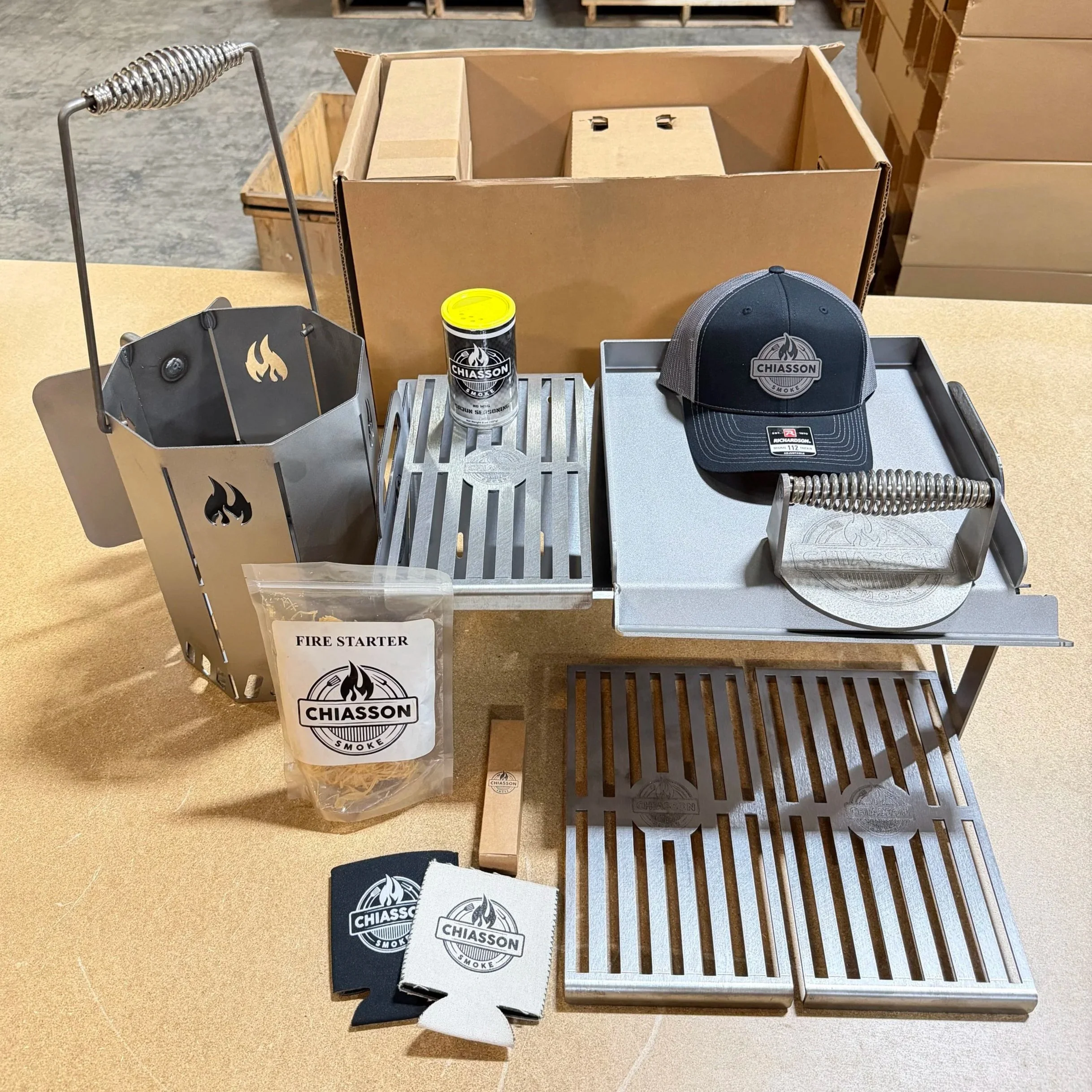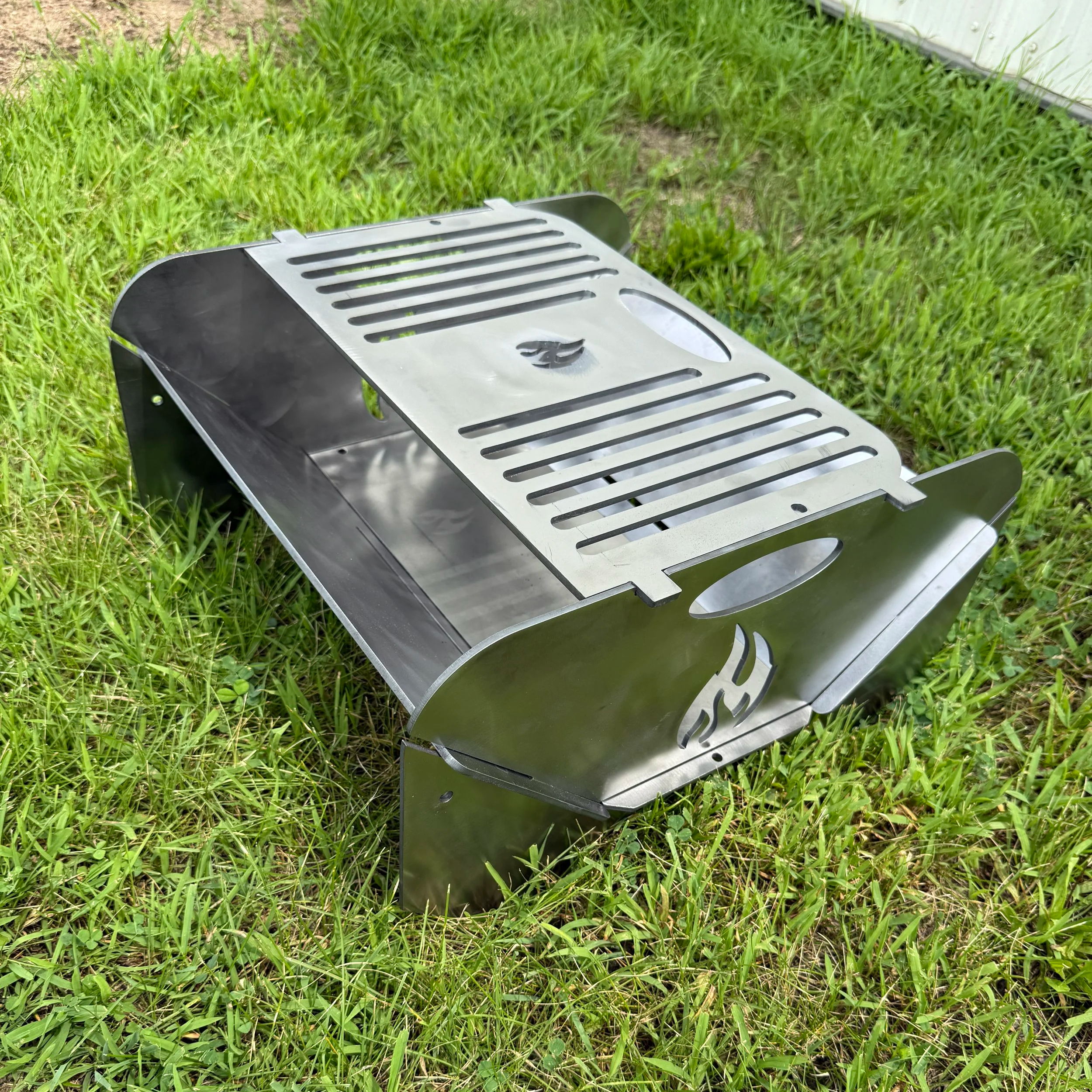How to Choose the Perfect Campsite
Camping is one of those adventures that feels like freedom in its purest form. You trade walls for trees, Wi-Fi for campfires, and alarm clocks for chirping birds.
But let’s be real—your campsite can make or break your trip. Pick a good one, and you’ll be roasting marshmallows under the stars in comfort. Pick a bad one, and you’ll be swatting mosquitoes in a puddle at 2 a.m., wondering where it all went wrong.
Choosing the perfect campsite is part science, part art, and a whole lot of common sense. Let’s dive into how to find your perfect patch of paradise.
Step One: Know Your Camping Style
Before you even start scouting, think about what kind of experience you want. Are you looking for solitude in the backcountry, or would you rather have running water and a bathroom nearby? There’s no wrong answer, but your style determines everything else.
If you love hiking and don’t mind carrying your gear, you might prefer a remote, primitive site. You’ll get peace and quiet—and maybe a few blisters. On the other hand, if you’re camping with kids or friends who like comfort, a developed campsite with picnic tables and toilets might be your sweet spot.
Ask yourself questions like:
Do I want a campfire?
Do I need a view?
Do I want to hear a stream nearby or the hum of other campers’ radios?
Once you know what you’re after, you can narrow down your search.
Step Two: Location, Location, Location
Just like buying a house, location is everything when camping. You want to be close enough to nature to enjoy it but far enough from trouble to stay safe and dry.
Think about the lay of the land. High ground is usually your friend—it helps keep your tent dry if it rains. Low spots collect water, and nobody wants to wake up floating in their sleeping bag. Check the area for signs of flooding or erosion, like water channels or bare patches of dirt.
Look up, too. Avoid pitching your tent under dead branches or leaning trees that could fall in a storm. It’s easy to forget to look above your head, but it’s one of the most important things you can do for safety.
Finally, consider your surroundings. Campsites near lakes, rivers, or streams can be beautiful—but also buggy. If you love falling asleep to the sound of water, just be sure to bring good bug spray and set up at least 200 feet from the shore to protect local ecosystems and avoid unexpected flooding.
Step Three: Check the Ground
Your tent deserves a good foundation. The perfect spot should be flat, smooth, and free of sharp rocks, roots, or sticks. You’ll sleep better and your tent floor will thank you. Avoid spots with tall grass or thick leaf litter, which can hide insects or snakes.
If possible, find a site with a little natural slope to help water run off if it rains—but not so much that you slide to one side of your tent in the night. And always check for drainage. Puddles, damp soil, or muddy patches are big red flags.
Once you’ve picked your spot, give it a quick sweep. Move any debris that could poke through your tent or sleeping pad. This two-minute task can mean the difference between a restful night and a lumpy nightmare.
Step Four: Mind the Wind and Sun
The weather can be your best friend or your worst enemy. Pay attention to wind direction and sun exposure when you set up camp. In the summer, a shady spot can keep your tent cool and comfortable. In colder months, a little morning sun helps dry off dew and warm things up.
If it’s windy, try to find a natural windbreak like a row of trees, bushes, or large rocks. Position your tent so the door faces away from the wind to keep dirt and dust from blowing inside. And if you’re camping in open areas like beaches or plains, use extra tent stakes or sandbags to keep everything secure.
Also, think about fire safety. Don’t set up too close to your campfire or someone else’s. Sparks can travel, and melted tents are not a good look.
Step Five: Privacy and Peace
Even in popular campgrounds, you can find a little corner of quiet if you look carefully. Walk around before claiming a spot—don’t just take the first one you see. Notice where other campers are. Are they playing loud music? Do they have a big group? If so, maybe keep looking.
Aim for a spot with some natural barriers—trees, bushes, or a bit of elevation—to create privacy. If you’re camping with friends, consider spacing out tents just enough so everyone gets their own little “zone.” It keeps things peaceful and gives you room to breathe.
And if you really want solitude, consider weekday trips or off-season camping. You’ll often get the best sites without the crowds.
Step Six: Respect the Rules
Every campground has its own set of rules, and following them makes everyone’s experience better. Pay attention to posted signs about campfires, quiet hours, and waste disposal. Some areas have specific sites you must use, while others allow “dispersed camping,” where you choose your own location—but you’ll need to follow Leave No Trace principles.
Speaking of which, always camp at least 200 feet from water sources and trails. This protects wildlife, prevents erosion, and gives other campers some space. Never dig trenches around your tent or cut down branches. Nature is your host—treat it kindly.
Step Seven: Creature Comforts
Little conveniences can make your campsite feel like home. Look for level spots for cooking, relaxing, and hanging out. Having a picnic table or large flat rock nearby makes meal prep easier. Trees are great for hanging lanterns, stringing tarps, or setting up hammocks—but make sure they’re sturdy and healthy.
Also, think about proximity to restrooms if you’re at a developed site. Too close, and you’ll get unwanted foot traffic. Too far, and you’ll regret it at 3 a.m. The perfect distance is usually about a minute’s walk away.
And don’t forget to consider where you’ll store your food. Many parks have bear boxes or food lockers for a reason. Even small critters can cause chaos if they find your snacks.
Step Eight: Think About Safety
Safety isn’t just about wild animals—it’s also about awareness. Know the weather forecast before you go and have a backup plan if conditions change. Avoid camping in dry, fire-prone areas during droughts, and never camp directly under cliffs or in canyons that could flood.
Keep your food sealed and away from your tent. Clean up after meals, and don’t leave trash lying around—it attracts unwanted visitors. If you’re in bear country, use proper storage and never cook or eat in your tent.
If you’re camping with kids or pets, make sure the area is free of hazards like steep drops, poison ivy, or fast-moving water. A quick scan before setting up can prevent a lot of stress later.
Step Nine: Leave No Trace
A perfect campsite isn’t just about what you find—it’s about what you leave behind. Always pack out everything you bring in, from food wrappers to toilet paper. Leave your spot as good—or better—than you found it. This helps keep the outdoors beautiful for everyone who comes after you.
Stick to established paths and campsites whenever possible. If you’re in a backcountry area, scatter any natural materials you moved, like sticks or rocks, before leaving. It’s a small act of respect that keeps nature wild and wonderful.
Step Ten: Trust Your Gut
Sometimes, a campsite just feels right. The air smells clean, the light filters through the trees just so, and everything seems to click. That’s your instinct talking—listen to it. But if something feels off—too damp, too exposed, or just not your vibe—it’s okay to move on. Camping is about enjoying the moment, not forcing it.
Take a deep breath, trust your senses, and go with what feels good. The best campsite isn’t just the most beautiful—it’s the one where you feel relaxed, safe, and happy.
Wrapping It Up
Choosing the perfect campsite is about more than checking boxes—it’s about setting the stage for adventure. Whether you’re in a crowded campground or miles from the nearest road, the right spot transforms a simple overnight stay into an unforgettable experience.
When you find that magic mix of comfort, safety, and scenery, you’ll know it. The fire will crackle just right, the stars will feel closer than ever, and the only sound you’ll hear is the whisper of the trees wishing you goodnight.









